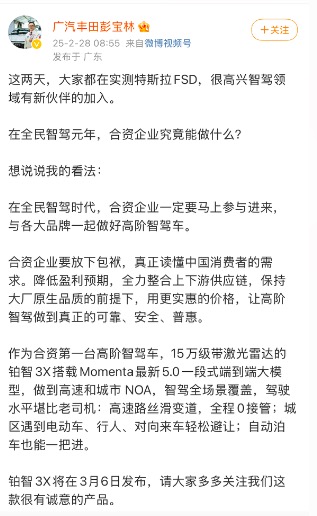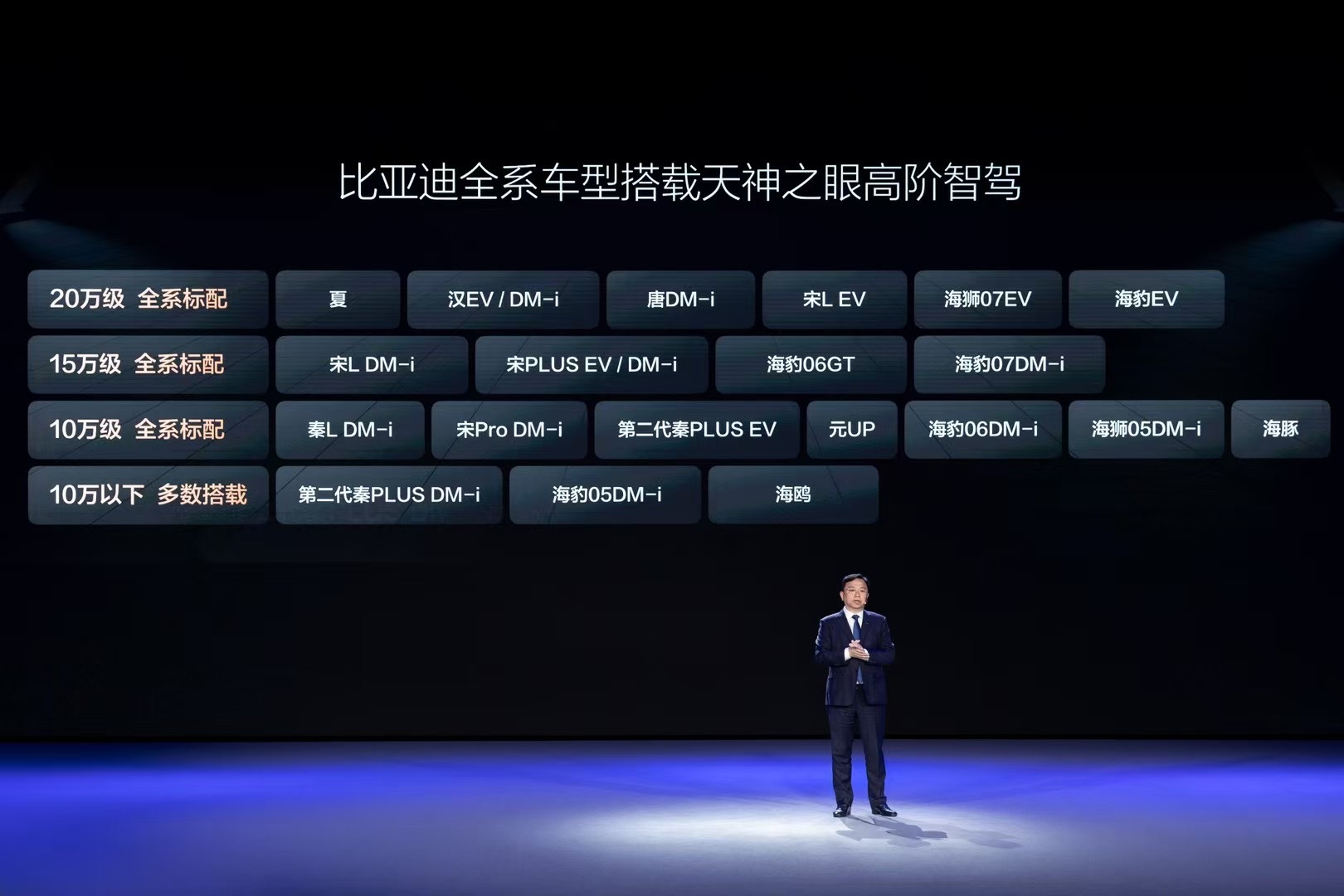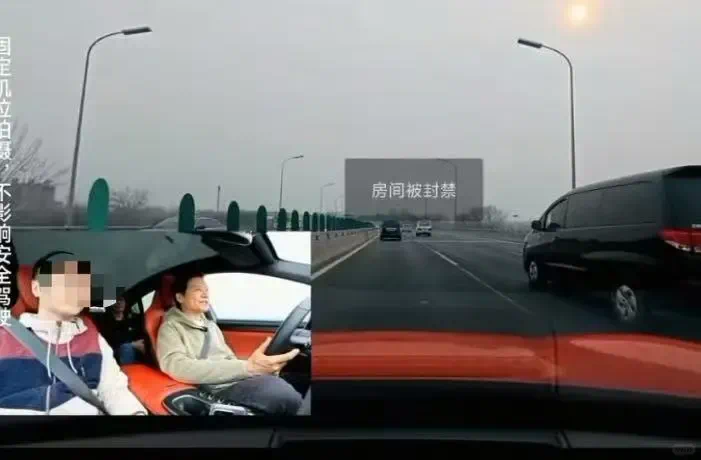
On April 16, 2025, the Equipment Industry Department of the Ministry of Industry and Information Technology held a promotion meeting on the product access and software online upgrade management of intelligent connected vehicles. Nearly 60 car companies participated in the meeting.

The meeting focused on the product access and software online upgrade filing requirements of the Ministry of Industry and Information Technology and the State Administration for Market Regulation's "Notice on Further Strengthening Product Access, Recall and Software Online Upgrade Management of Intelligent Connected Vehicles", and listened to the implementation status and suggestions of automobile manufacturers.
The meeting emphasized that automobile manufacturers should deeply understand the requirements of the "Notice", fully carry out combined driving assistance testing and verification, clarify the system function boundaries and safety response measures, and shall not make exaggerations and false propaganda, strictly fulfill the obligation to inform, and earnestly assume the main responsibility for production consistency and quality safety, and effectively improve the safety level of intelligent networked vehicle products. At present, the global intelligent networked vehicle technology is at a critical stage of transition from assisted driving (L2 level) to conditional autonomous driving (L3 level). Data shows that the installation rate of L2 assisted driving systems in new cars in China has exceeded 40%, and some car companies have achieved large-scale mass production of functions such as APA automatic parking and intelligent navigation. Driven by policies, seven cities including Beijing, Shanghai, and Guangzhou are carrying out access pilots for L3/L4 autonomous driving, covering scenarios such as Robotaxi and logistics distribution.
However, compared with countries such as Germany and the United States that have achieved L3 pre-installed applications, China faces the dual challenges of technical verification and regulatory adaptation in the commercialization of highly automated driving. In addition, the certification standards for intelligent connected demonstration zones in various cities are not unified, and the data island phenomenon is prominent. Enterprises need to repeatedly invest resources to cope with the testing requirements of different regions.
The issuance of the above-mentioned "Notice" directly hits the pain points of the industry and builds a full life cycle management system from "access" to "recall".
First, the entry threshold has been upgraded. Companies are required to declare 40 new technical parameters, covering key indicators such as perception system performance and driver assistance function boundaries, and undergo 24 months of high-risk scenario testing through the sandbox supervision mechanism.
The second is OTA graded filing. There are three types of filings based on the impact of the upgrade. Upgrades that do not involve safety parameters can be implemented quickly, those that involve technical changes require product licenses first, and upgrades to autonomous driving functions require approval from the Ministry of Industry and Information Technology. If a company conceals defects through OTA, it will face recall liability.
Then there is mandatory accident reporting. Failure of the driver assistance system or an accident must be reported within 48 hours, and the regulatory authorities optimize technical standards through data sharing and in-depth investigations.
Under this framework, corporate compliance costs may rise in the short term, but in the long run, standard unification will reduce repeated testing and improve technical transparency. Zhu Huarong, chairman of Changan Automobile, once pointed out that breaking down data barriers requires cross-industry cooperation under policy guidance, and the "Notice" provides an institutional basis for "vehicle-road-cloud integration" through mandatory filing and certification interoperability.


